Alaska, the 49th state of the United States, is often referred to as “The Last Frontier” due to its vast, unspoiled landscapes and remote wilderness. But just how big is Alaska, and what makes it so unique? In this article, How Big Is Alaska? , breaking down the numbers and providing interesting insights into this remarkable state.
Understanding Alaska’s Size
Alaska is renowned for its colossal landmass. To truly appreciate its magnitude, let’s start with the basics. The total area of Alaska is nothing short of astonishing. Covering an expansive 663,300 square miles, it is by far the largest state in the U.S. In fact, it’s more extensive than the next three largest states (Texas, California, and Montana) combined.
Alaska’s Total Area
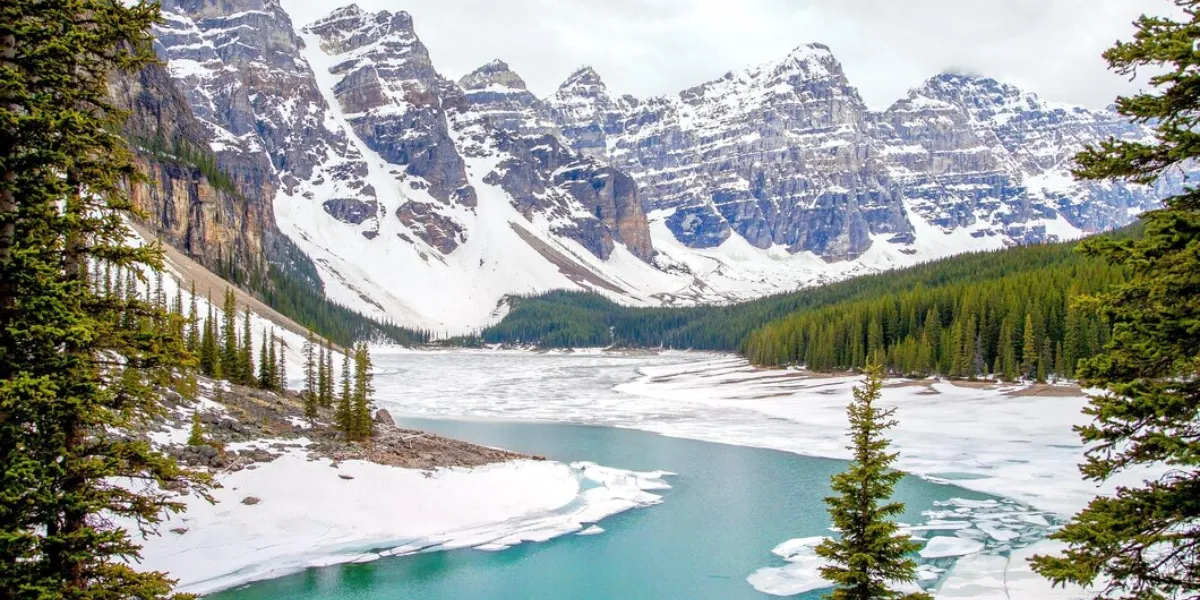
With a landmass that’s larger than many countries, Alaska’s sheer size is awe-inspiring. To put it in perspective, you could fit roughly 18 Texas-sized states within Alaska’s borders. Its extensive territory makes it an essential component of the United States, both geographically and culturally.
Comparing Alaska to Other U.S. States

Alaska’s vastness becomes even more apparent when we compare it to the other 48 contiguous states. The distance from the easternmost point of Alaska to the westernmost point is greater than the entire width of the contiguous U.S. This means that if you were to overlay Alaska onto a map of the lower 48 states, it would stretch from the East Coast to the West Coast.
The Immensity of Alaska’s Coastline
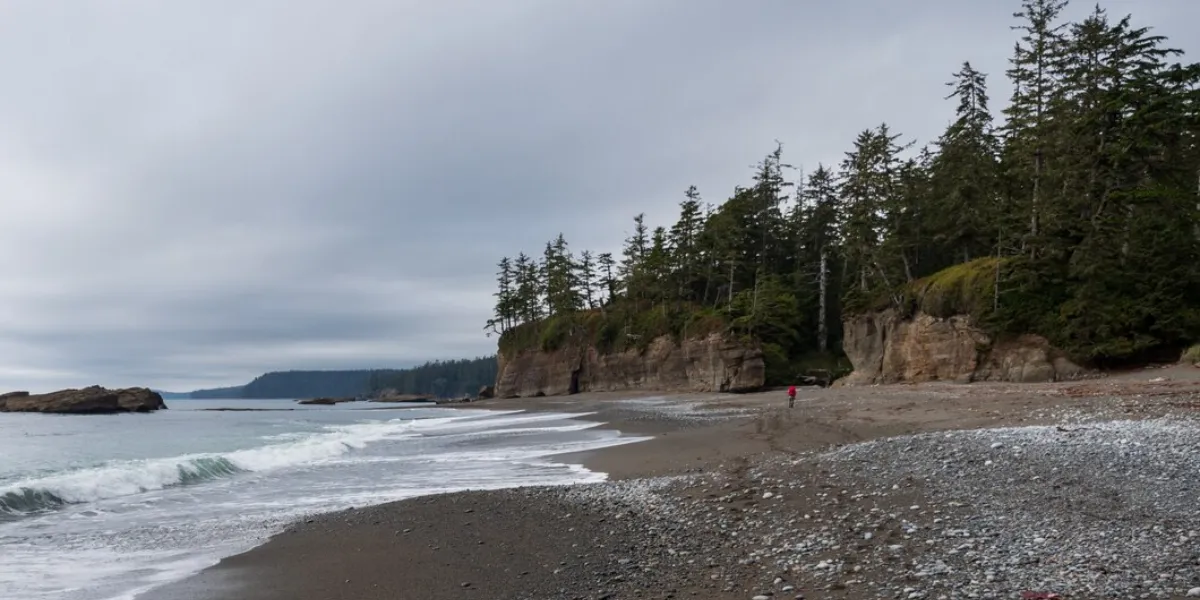
One of the most striking features of Alaska’s geography is its extensive coastline. The state’s coastline spans approximately 6,640 miles, making it longer than that of all other U.S. states combined. Alaska’s shores are teeming with natural beauty and are home to a wide variety of marine life, making it a prime destination for marine enthusiasts.
Alaska’s Extensive Mountain Ranges
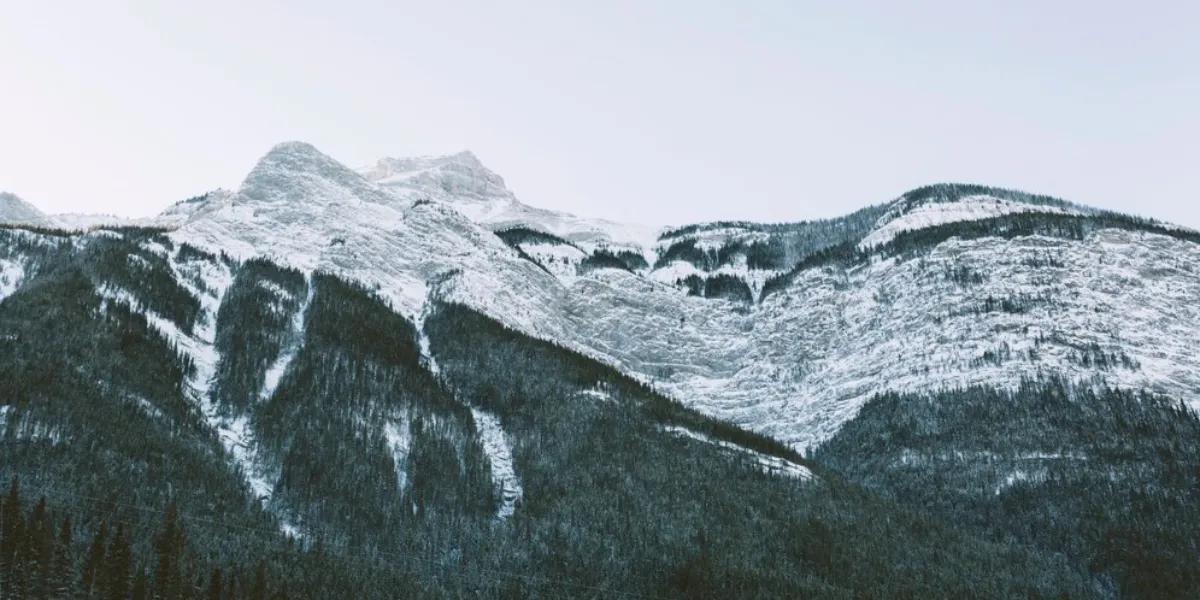
Alaska is also known for its majestic mountain ranges. The state is home to several impressive mountain systems, including the Alaska Range, the Brooks Range, and the Chugach Mountains. In fact, the state’s terrain is so rugged that Alaska boasts the 20 highest peaks in the United States, with Denali, the highest of them all, reaching an elevation of 20,310 feet.
Alaska’s National Parks and Wilderness
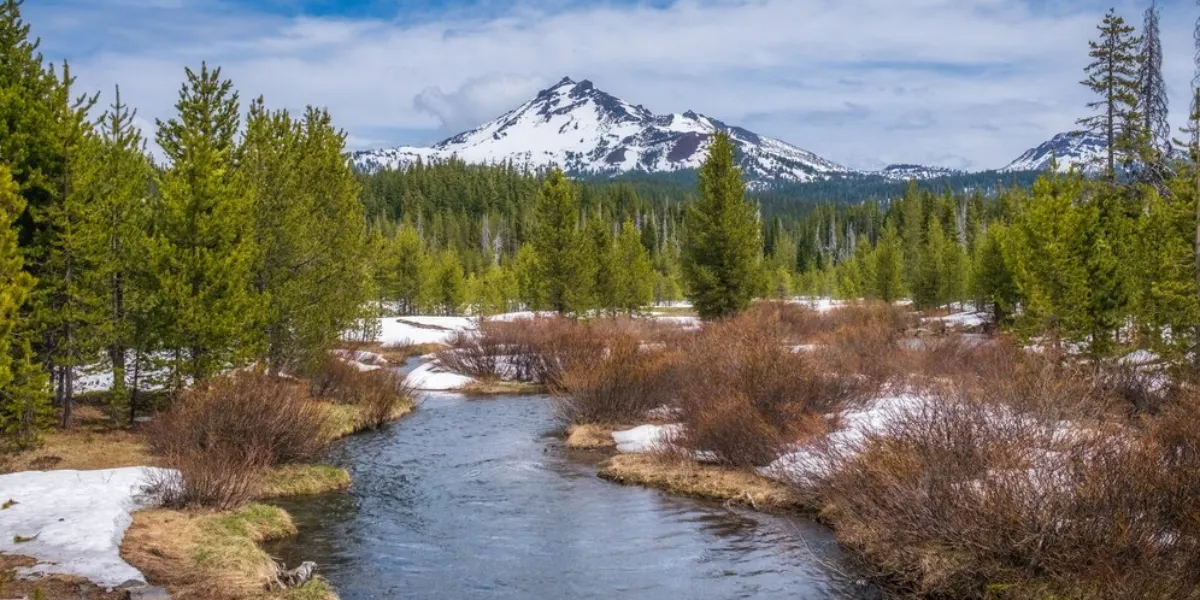
Alaska’s size isn’t just about numbers; it’s also about the incredible natural beauty it holds. The state is home to numerous national parks, wildlife refuges, and wilderness areas, such as Denali National Park and Preserve, the Gates of the Arctic National Park, and the Tongass National Forest. These areas showcase Alaska’s unique ecosystems and pristine wilderness.
The Unique Geography of Alaska
Alaska’s geography is remarkably diverse, featuring glaciers, fjords, tundra, forests, and even active volcanoes. This geographical diversity is a testament to the state’s unique character and the incredible forces of nature that have shaped it over time.
Fun Facts About Alaska’s Size
Here are some fun facts to help you grasp the magnitude of Alaska’s size:
– Alaska is larger than 22 countries in the world.
– If you were to drive from the northernmost point to the southernmost point of Alaska, it would take you over 1,400 miles.
– The state has over 3 million lakes, covering an area greater than the Great Lakes combined.
Population Density in the Last Frontier

Despite its vast size, Alaska’s population is relatively small, with approximately 731,000 residents. This leads to a unique and fascinating population density, as most Alaskans live in a few major cities, leaving much of the state’s interior sparsely inhabited.
Impact of Alaska’s Size on Weather
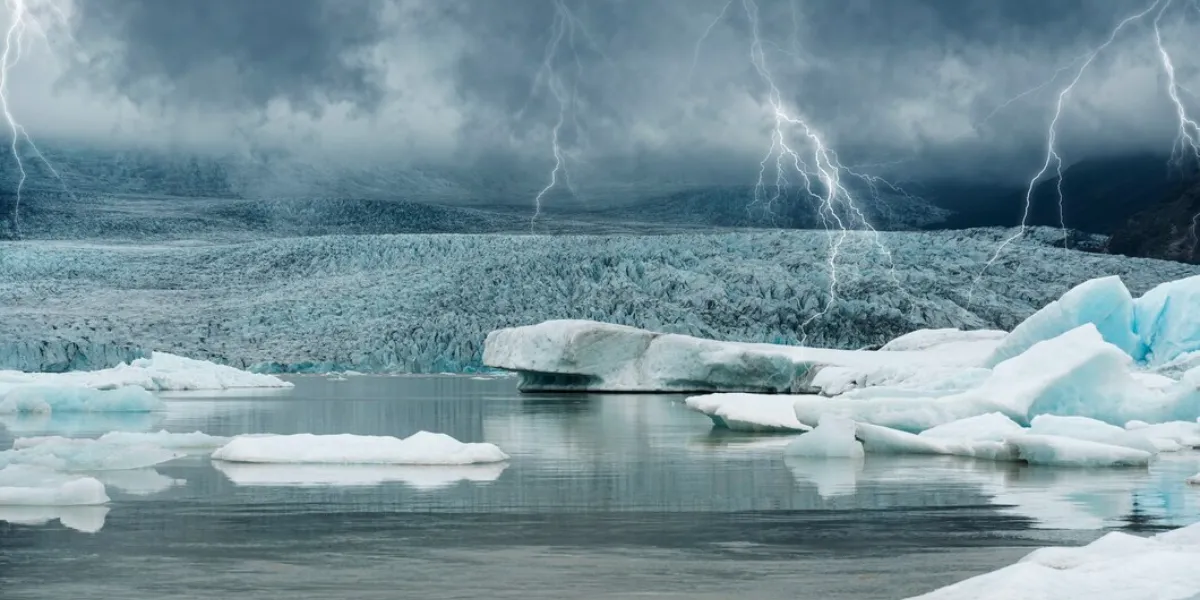
The immense size of Alaska also has a significant impact on its weather. The state experiences a wide range of climates, from Arctic conditions in the north to temperate rainforests in the southeast. Understanding Alaska’s geography is key to comprehending its extreme weather patterns.
Why Does Alaska Matter?
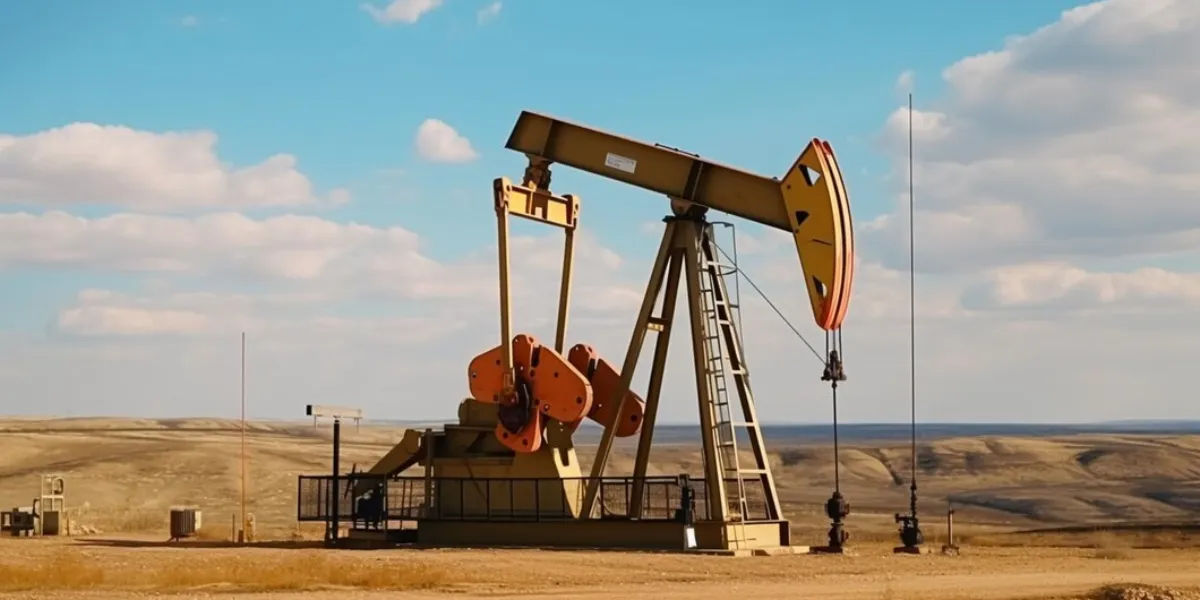
Alaska’s size matters for several reasons. It plays a crucial role in U.S. defense and national security, and it also has a significant influence on the nation’s economy through its abundant natural resources, including oil, minerals, and fisheries. Furthermore, Alaska’s wilderness and ecosystems are of global importance, contributing to our understanding of the natural world.
In Alaska’s immense size sets it apart as a unique and awe-inspiring state within the United States. Its vast landscapes, diverse geography, and exceptional natural beauty make it a place of both wonder and importance. Understanding the scale of Alaska is essential for appreciating its significance, both within the U.S. and on a global scale. So, the next time someone asks, “How big is Alaska?” you’ll be well-equipped to share the astonishing facts about this remarkable state.
Click here for more visited Posts!







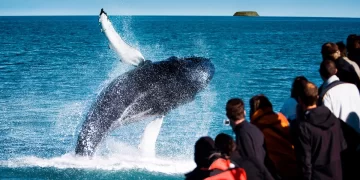






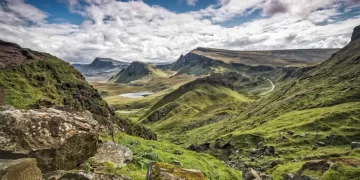










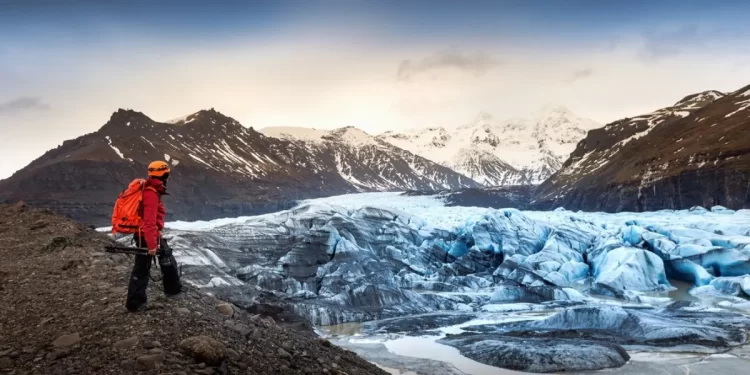
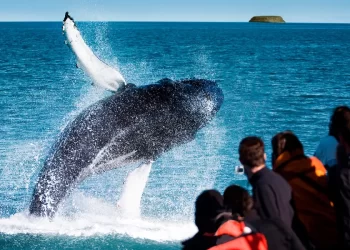


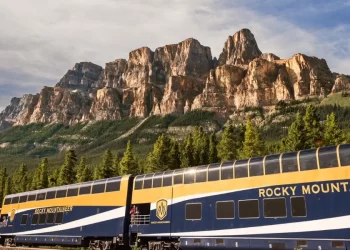











Discussion about this post